While the textile industry is developing with many modern machines and technologies, in Nam Cao commune, Kien Xuong district, Thai Binh province, there is still a village that weaves linen completely by hand. That village has been around for over 400 years.
17 steps to make Nam Cao linen fabric
Coming to Nam Cao linen weaving village, the noise of the city seems to stop. There is no car horn, no bustling streets, the houses are somewhat old with the sound of looms clattering all day long.
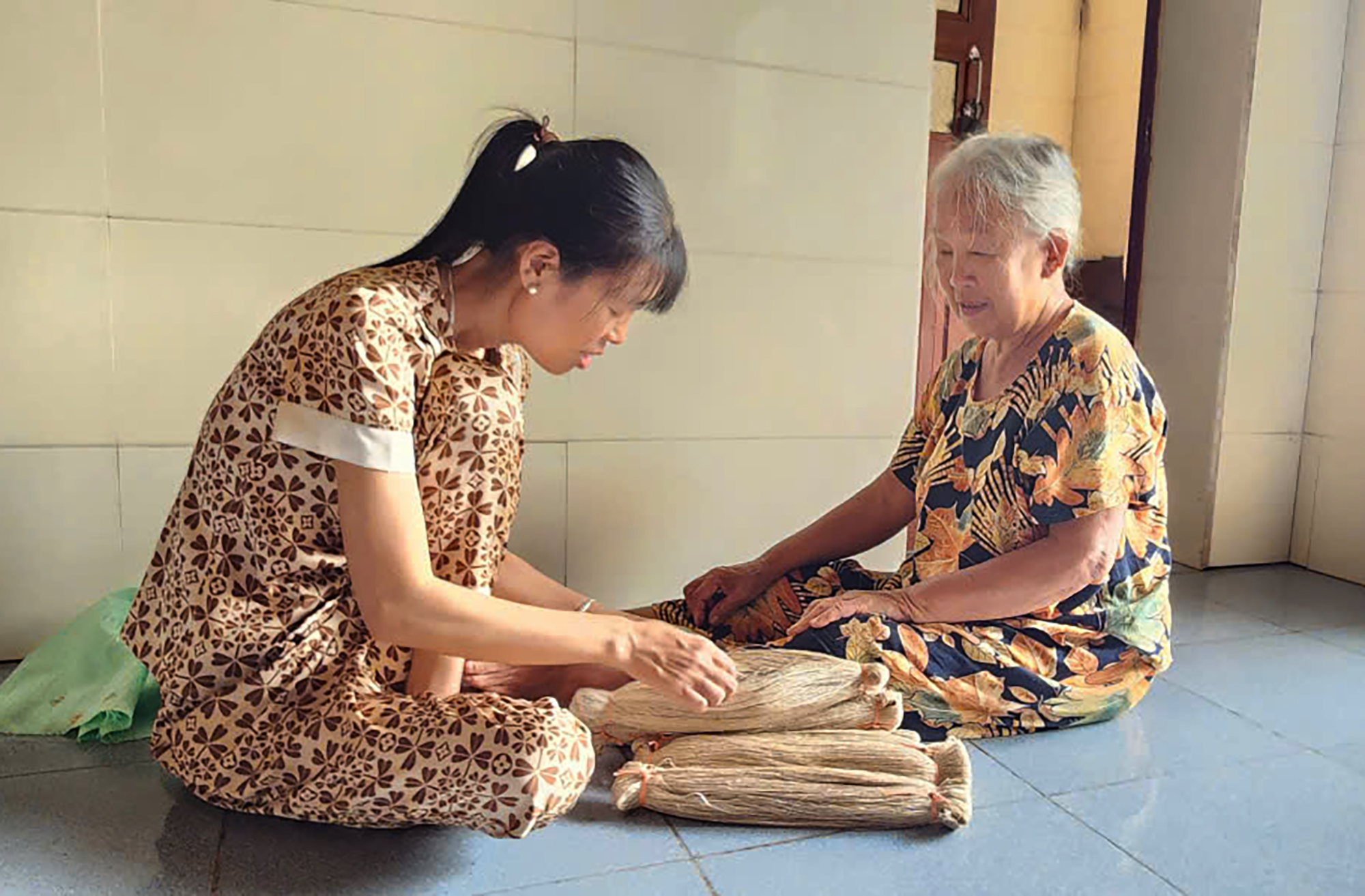
Ms. Nguyen Thi Bon and Ms. Nguyen Thi Ha, Deputy Head of Nam Cao Linen Weaving Cooperative, next to the rolls of linen made entirely by hand by Ms. Bon's talented hands.
Temporarily stopping her spinning, Mrs. Nguyen Thi Bon (77 years old, Cao Bat Doai village, Nam Cao commune) shared that the mulberry trees, gac trees, and banyan trees... grown in her garden are all used to make linen fabric.
"Linen fabric is completely handmade, the raw material is silk from silkworms raised in the village, dyed with natural herbs. Spinning the thread looks simple but is actually very hard work, the spinner must soak his hands in water regardless of winter or summer, must have sharp eyes and skills, diligently working all day to get 70-100 grams of linen", said Mr. Bon.
Ms. Nguyen Thi Mui (69 years old, Cao Bat Doai village, Nam Cao commune) said that Nam Cao linen fabric has very unique characteristics, it looks rustic, rough, and thick but is actually very soft, skin-friendly, cool in summer, warm in winter, easy to bleach, clean and dry quickly.
According to Ms. Mui, to get a linen fabric, the worker must perform at least 17 steps, all by hand. The first step is to grow mulberry trees to raise silkworms. After taking the cocoons, they are boiled, soaked in water for 5-6 hours before spinning the linen. This step must be done entirely by hand, with one hand holding the cocoon and the other pulling.
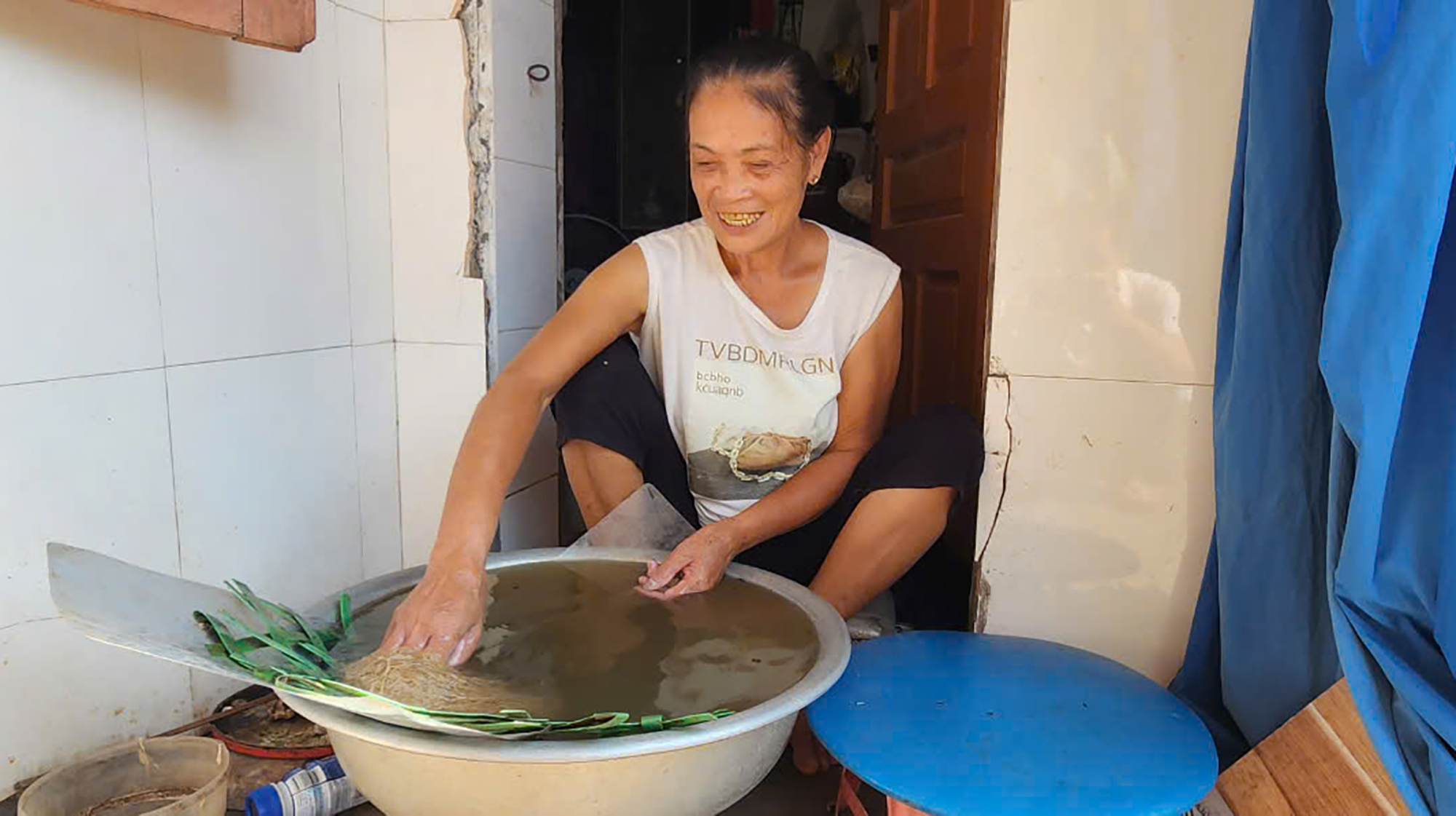
Mrs. Nguyen Thi Mui pulls linen by hand.
After being pulled, the linen fibers are rolled into bundles, squeezed dry, put on a spinning wheel, then dried, wound, and bobbined. Before weaving, the craftsman also boils the linen thoroughly to make it soft and loose, avoiding breakage.
The linen thread is rolled into a tube in the shape of a banana flower from the large end to the small end, from top to bottom, then it is rolled into small rolls to be put into the weaving shuttle.
The next step is the loom, also known as the loom, this is the most important intermediate stage that requires the loom to have experience, just a small mistake when looming, when weaving will ruin the whole linen. The woven goods are carefully checked, ensuring softness but still strong.
Ups and downs of the village
Having been involved in the village's traditional craft for nearly 70 years, Mr. Bon said that according to the elders in the village, the weaving and hemp spinning professions here have existed since 1584. At that time, two ladies, Tu Tien and Tu An, returned to their hometowns, Van Xa village, Bat Bat (old Ha Tay), to learn the craft of growing mulberry, raising silkworms, spinning and weaving, and then taught their children and grandchildren; doing both farming and handicrafts to make a living.
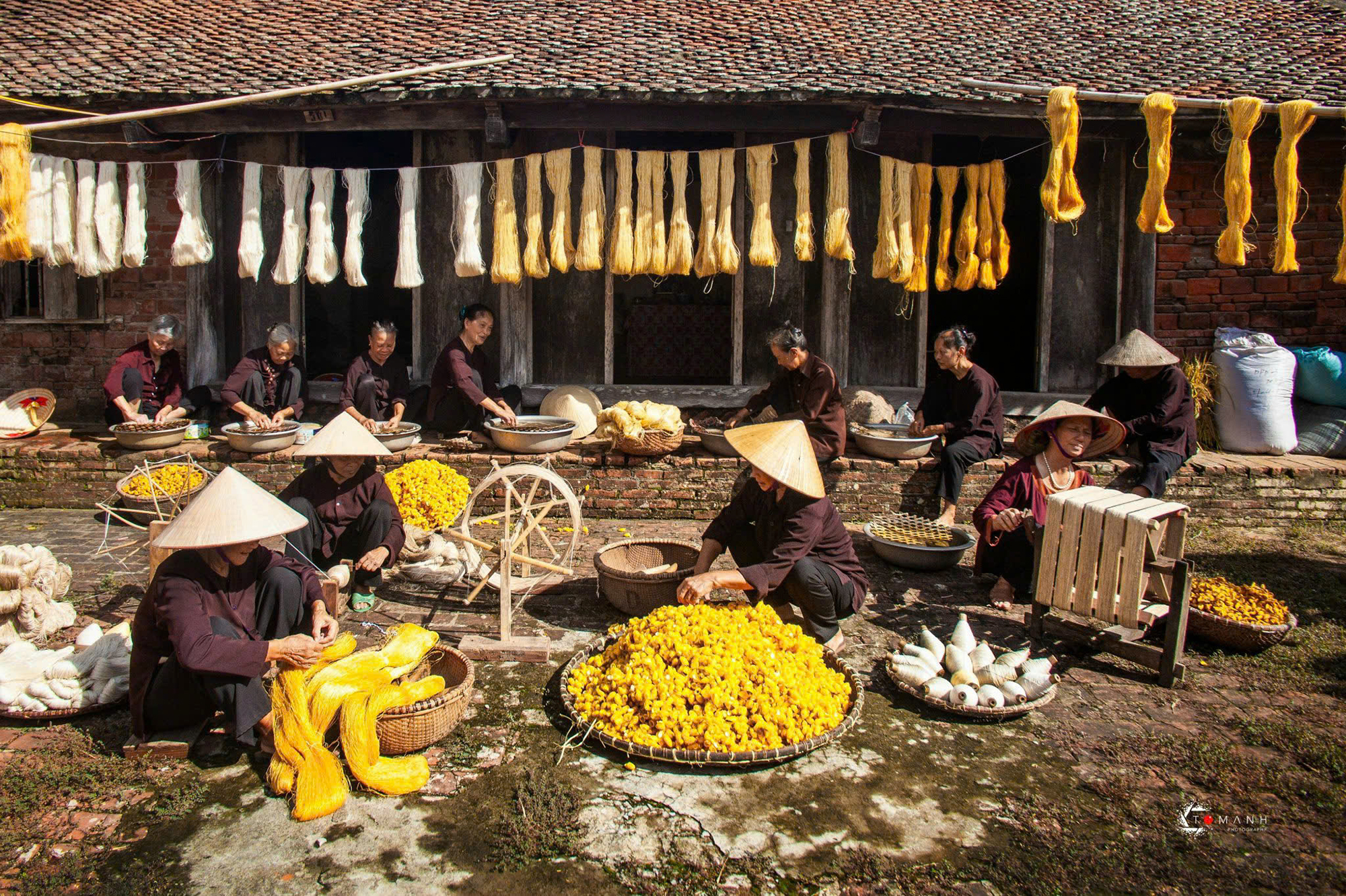
To have a finished product, Nam Cao linen fabric must go through 17 stages.
At first, linen was used to make clothes to serve the needs of the people and used in festivals. Later, linen was exported to many countries in the world, mainly Eastern Europe. By the 80s of the last century, Nam Cao linen consumed millions of meters each year.
As the Nam Cao linen weaving facility still preserved from his father's generation, Mr. Nguyen Dinh Dai (70 years old, Nam Cao commune) said that around 1946, his father, artisan Nguyen Dinh Ban, was the one who brought the profession and transformed it from manual looms to semi-mechanical machines.
This has helped the craft village to have a strong transformation and bring high productivity. This is also the time marking the milestone of Nam Cao village becoming an official linen weaving craft village.
During the period from 1995 to 2000, the craft village developed strongly into a region, spreading to neighboring communes. At that time, Nam Cao alone had more than 2,000 households weaving linen and silk scarves. Each household was almost a workshop, with 3-5 weaving machines, the whole commune had about 6,000 machines operating at full capacity. Woven products were mainly exported to Laos and Thailand.
However, in 2004, the tsunami in Phuket, Thailand swept away all the houses, goods, and assets of the silk businesses there, causing Nam Cao silk to lose its market and the craft village to gradually decline.
Then the peak was in 2010, due to the economic recession, the craft village fell into a sad state that seemed impossible to save, the whole village only had 3 or 4 families left doing the craft, the artisans almost gave up.
Nam Cao linen exported to 20 countries
To preserve the linen weaving profession of his father, Mr. Dai decided not to pursue quantity but to focus on quality. He restored the ancient looms, making linen sheets in the most traditional and primitive way. Because his target customers are those who are truly passionate and love linen silk, willing to pay a high price to use completely natural products.
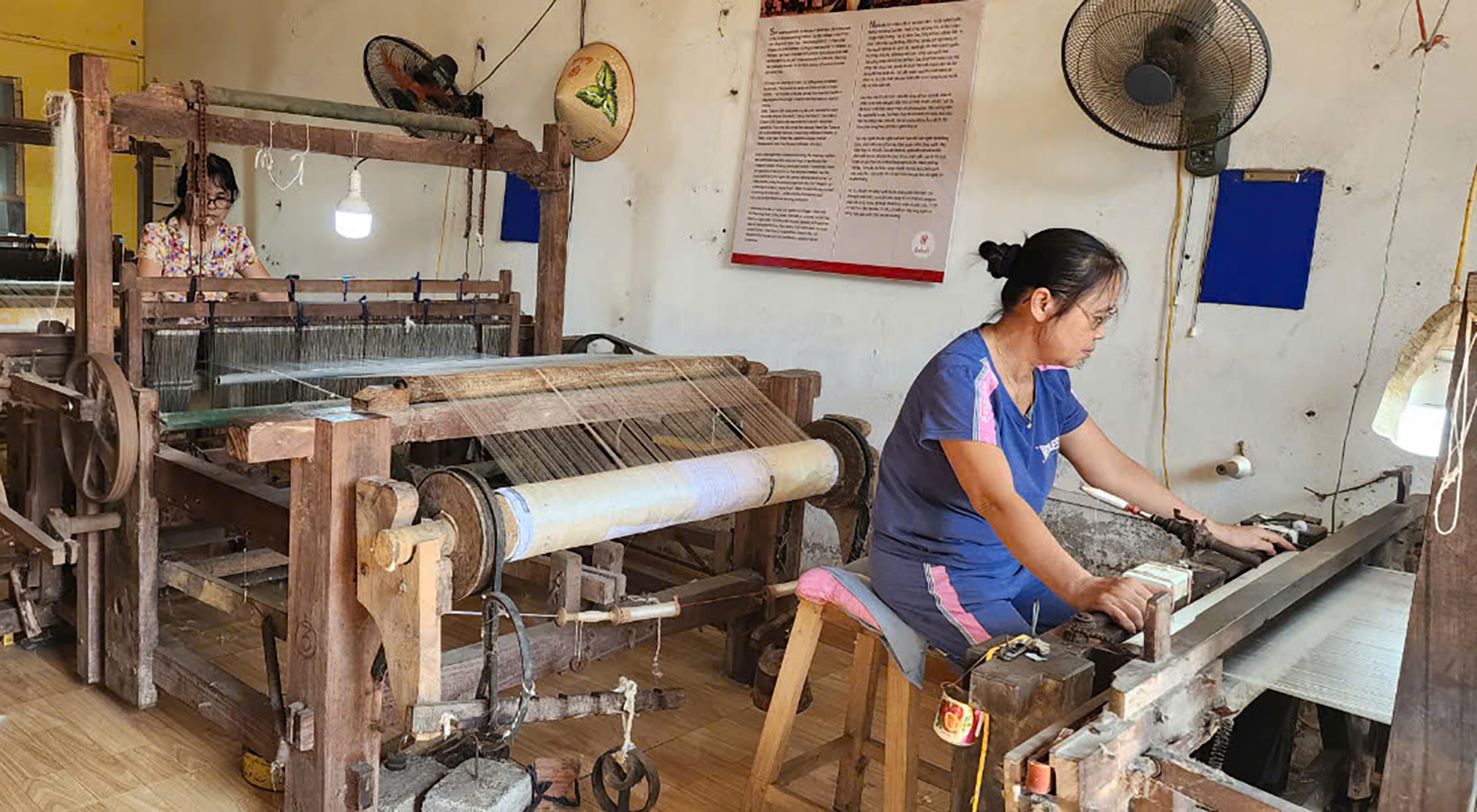
Workers of Nam Cao Linen Weaving Cooperative at the loom.
Mr. Dai said that currently, in addition to his weaving workshop, the village still has 3-4 production facilities with about more than 100 people working in the linen spinning profession and more than 50 people working in the weaving profession. In addition, his facility also provides vocational training for the younger generation so that the next generation can continue and preserve the traditional profession.
To continue developing the linen weaving profession, Nam Cao commune is maintaining a linen silk cooperative with nearly 200 participating households. Ms. Nguyen Thi Ha, Deputy Head of the Cooperative, said that in the villages there are still 50-60 elderly people who know the craft, the oldest of whom is Pham Thi Hong (95 years old) who is still quite knowledgeable and can spin linen.
According to Ms. Ha, the hemp spinning or hemp extraction craft in Nam Cao is still done entirely by hand. In recent years, the Nam Cao Hemp Weaving Cooperative has welcomed many international delegations to visit, experience and learn about the hemp weaving craft. The cooperative’s Nam Cao hemp products have been exported to more than 20 countries around the world.
Will build concentrated production area
Mr. Nguyen Thanh Khoa, Chairman of Nam Cao Commune People's Committee, said that after the establishment of Nam Cao Linen Weaving Cooperative, Nam Cao Linen Silk Village has gradually recovered. The Cooperative has an average turnover of 40 billion VND per year, creating jobs for hundreds of local workers with an income of 5-7 million VND/person/month.
In November 2023, the linen weaving profession in Nam Cao commune was certified by the Ministry of Culture, Sports and Tourism to be included in the list of national intangible cultural heritage.
"With the strength of completely handmade products, friendly to nature, Nam Cao linen weaving village is assessed to have great potential for developing community tourism. We have mobilized 37 households to transfer 4.5 hectares of land for Nam Cao Linen Weaving Cooperative to build a concentrated production area and experience tours," said Mr. Khoa.
Source: https://www.baogiaothong.vn/lang-nghe-det-dui-400-nam-tuoi-o-que-lua-192241114224449333.htm


![[Photo] April Festival in Can Tho City](https://vstatic.vietnam.vn/vietnam/resource/IMAGE/2025/4/10/bf5ae82870e648fabfbcc93a25b481ea)


![[Photo] Opening of the 11th Conference of the 13th Party Central Committee](https://vstatic.vietnam.vn/vietnam/resource/IMAGE/2025/4/10/f9e717b67de343d7b687cb419c0829a2)
![[Photo] Unique folk games at Chuong Village Festival](https://vstatic.vietnam.vn/vietnam/resource/IMAGE/2025/4/10/cff805a06fdd443b9474c017f98075a4)

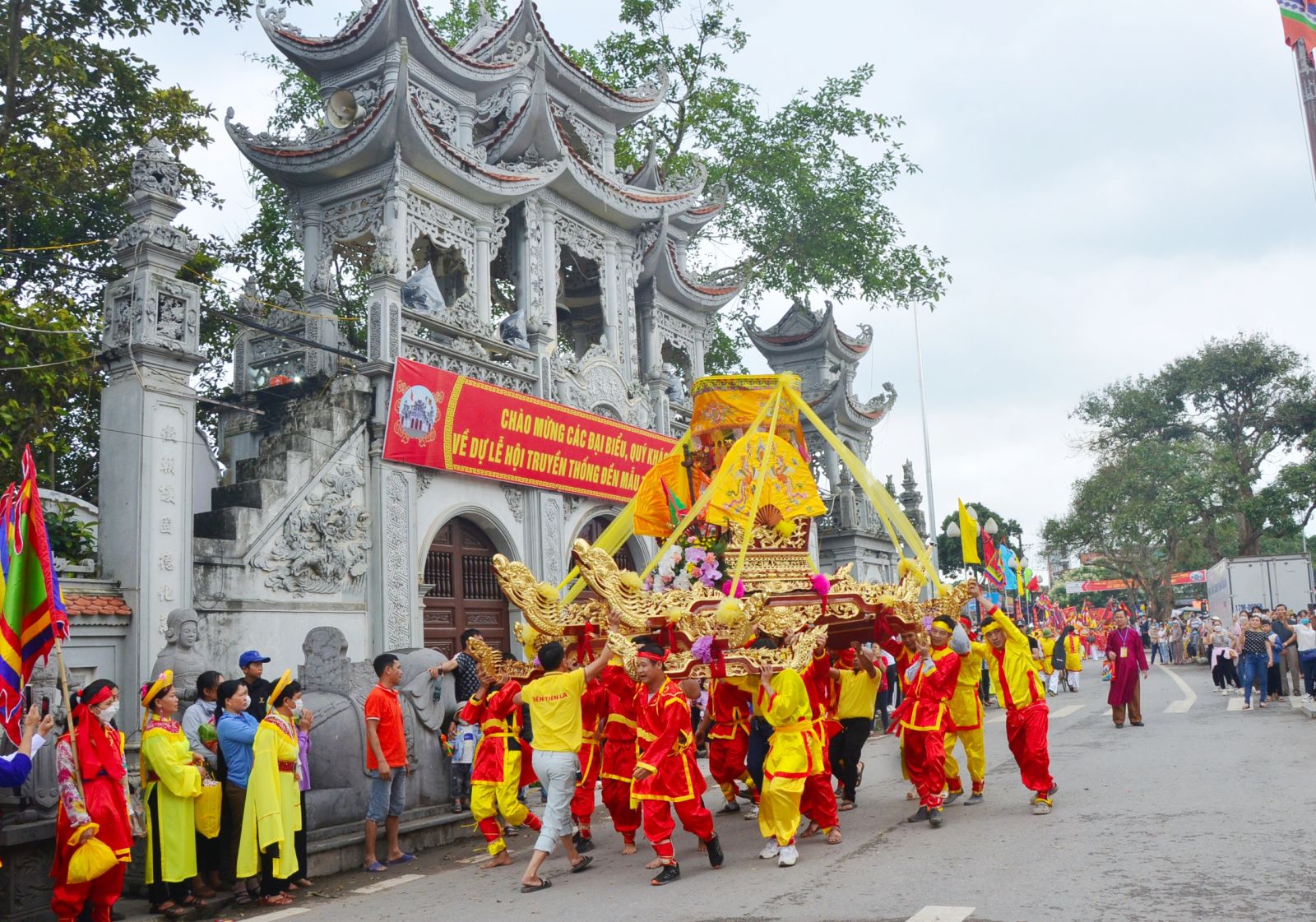

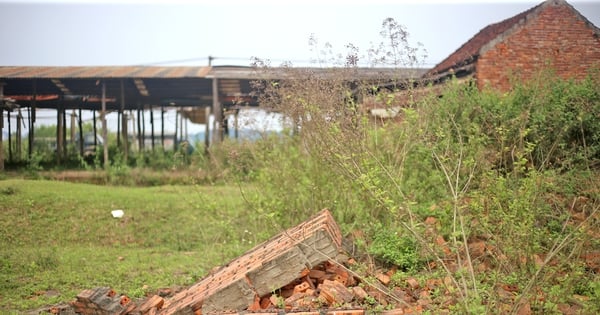
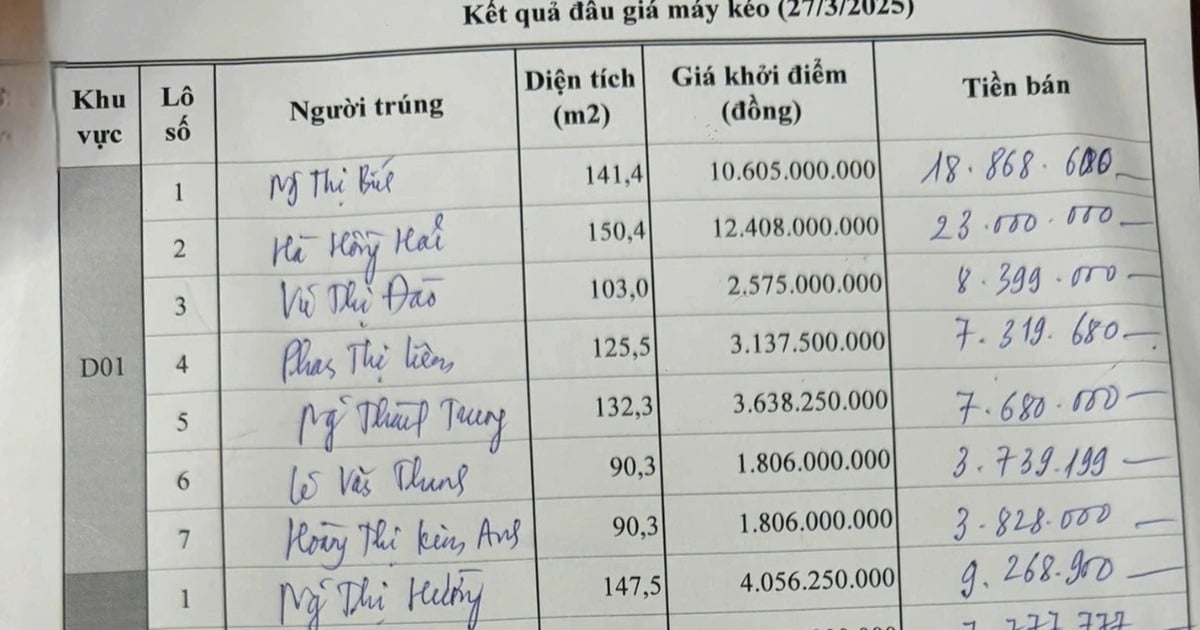

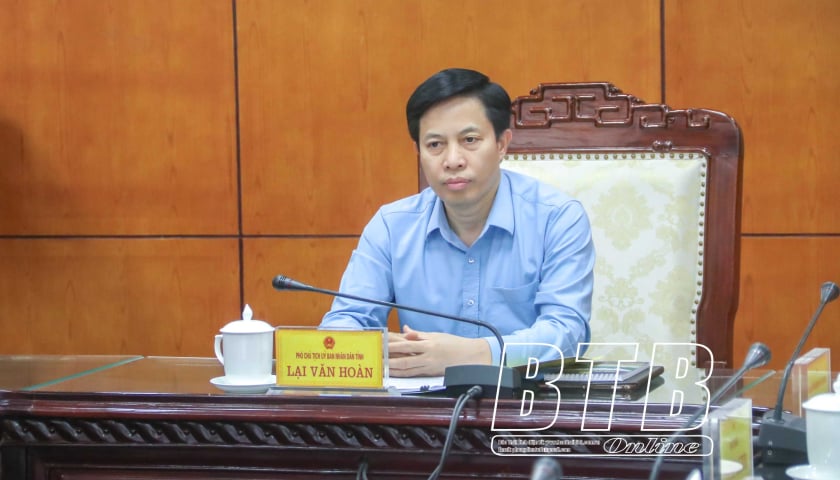






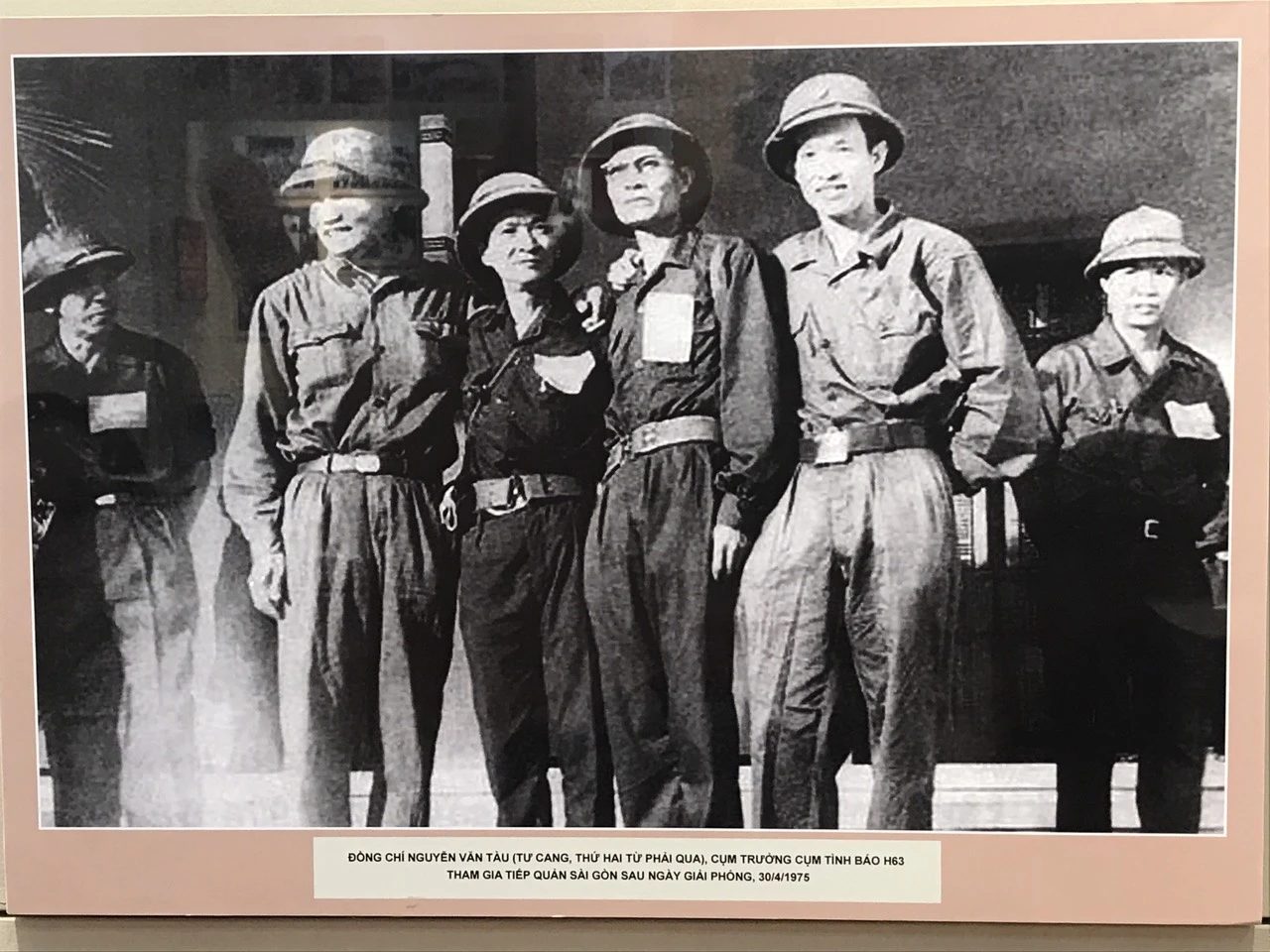









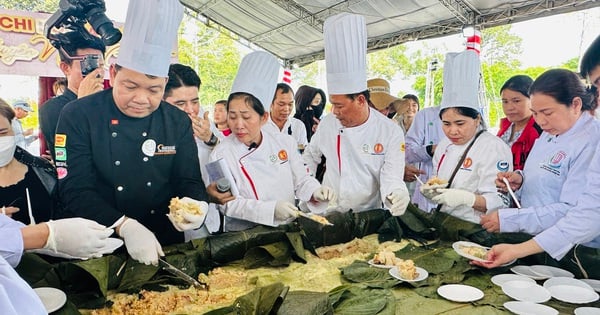













































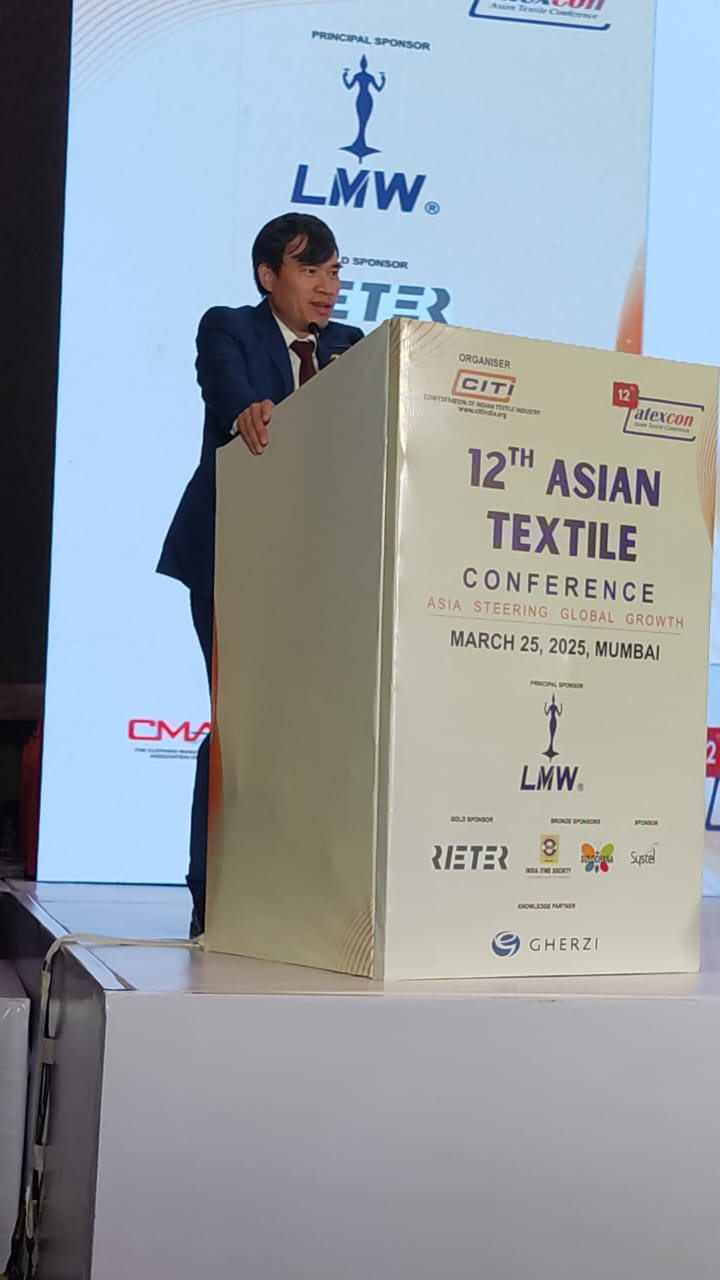
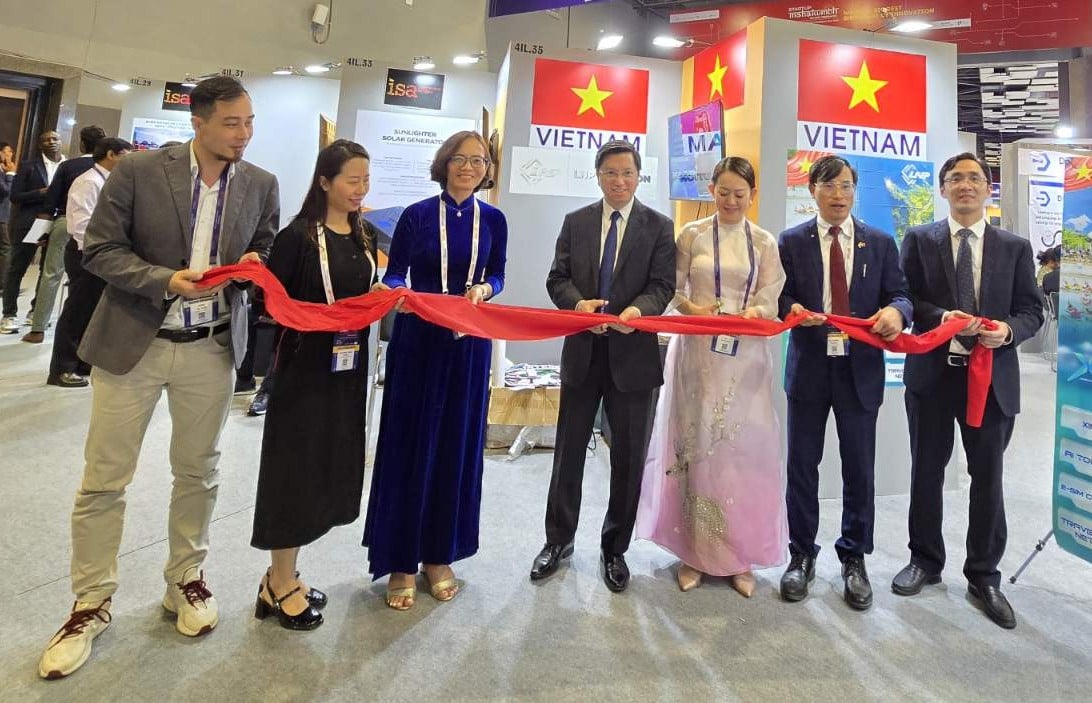
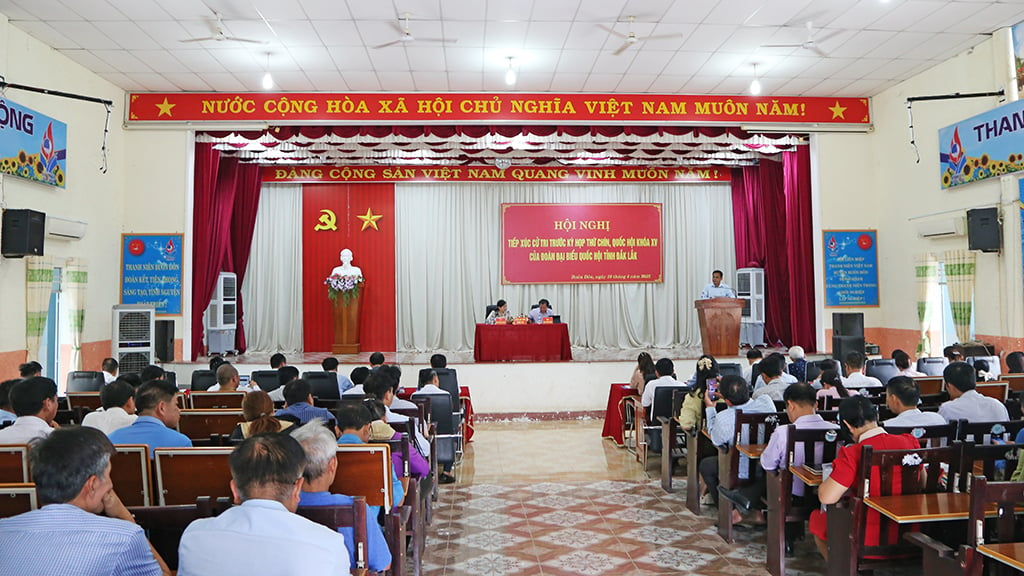
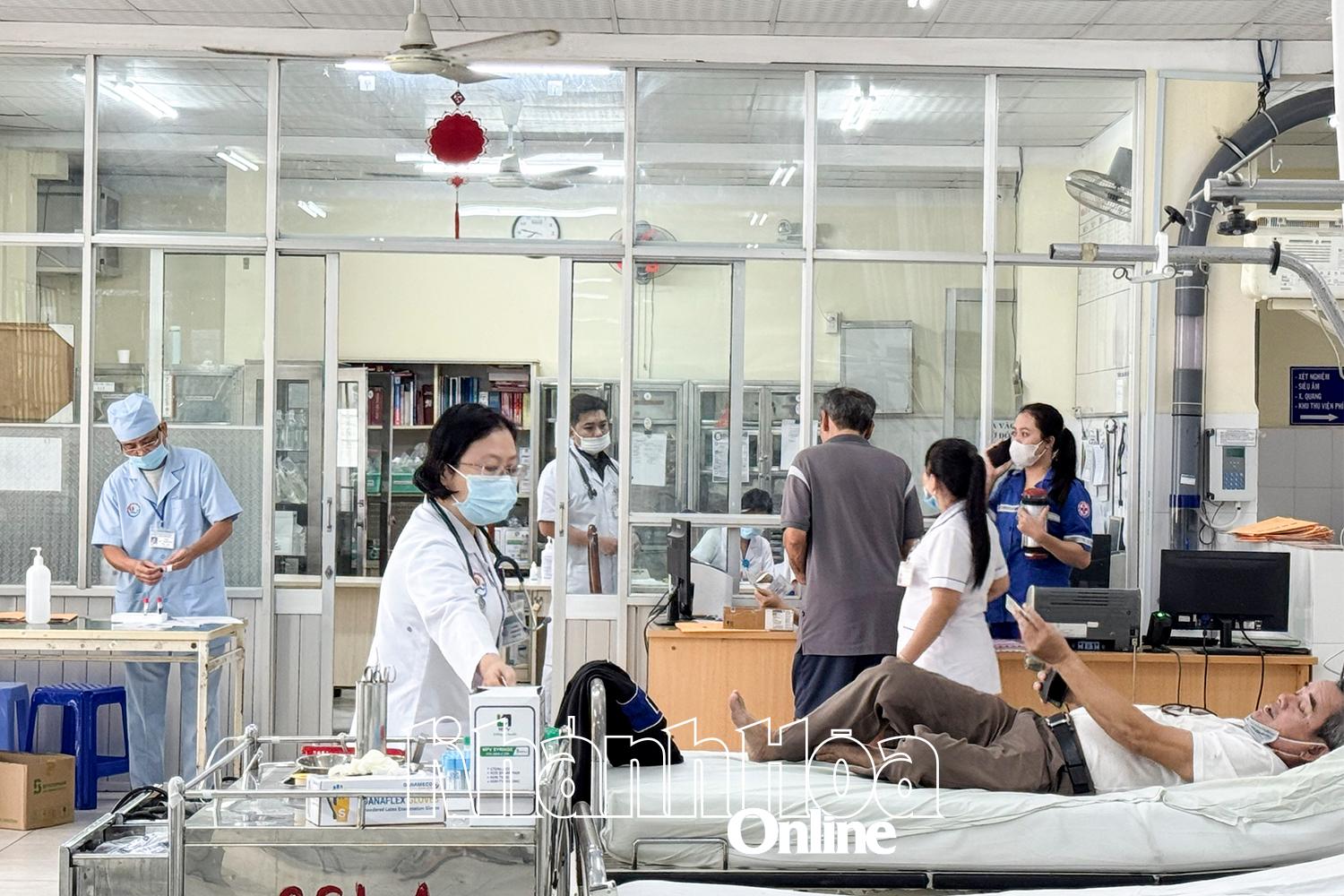



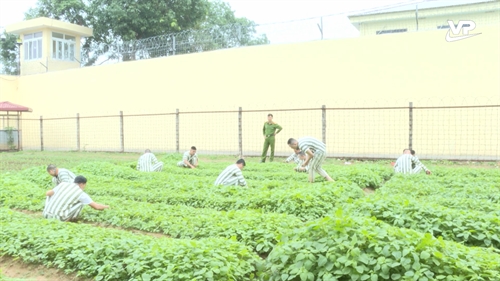









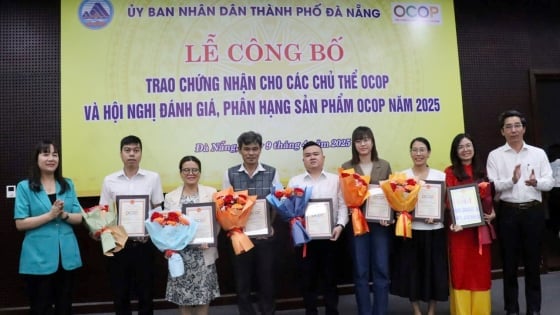
Comment (0)